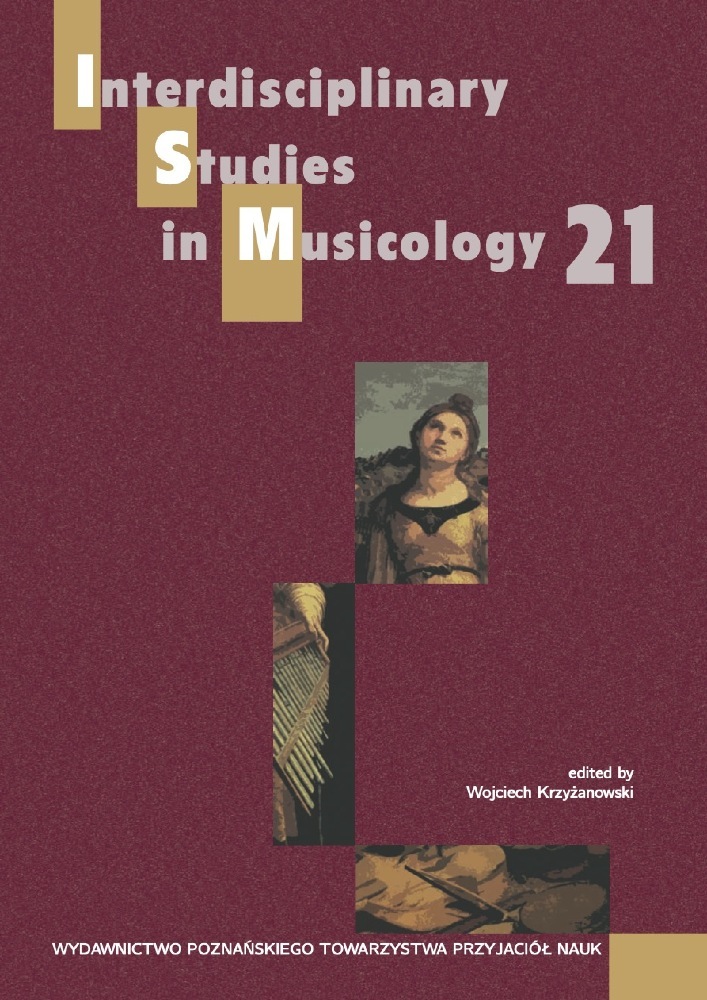Abstrakt
Igor Stravinsky’s Sonata for Piano is an often overlooked yet important artifact of the composer’s neoclassicism. his treatment of tonality in the second movement is both literally and aurally more conventional than one might first guess. Stravinsky’s reliance on convention points to an ideology of continuity, one that honors the legacy of beethoven and other heroes. In doing so, Stravinsky’s Sonata brings forward old ideas wrought in new ways for a modern era. This essay examines ways of thinking about Stravinsky’s neoclassic style through analysis of the second movement of the Sonata focusing on the use of post-tonal techniques to create surprisingly tonal music.
Bibliografia
Griffiths, P. 1982. Igor Stravinsky: The Rake’s Progress. New York: Cambridge University Press.
Joseph, Ch. 1983. Stravinsky and the Piano. Ann Arbor: UMI Research Press.
Steinberg, M. 1986. Liner Notes for Peter Serkin: Piano Works by Stravinsky/Wolpe/Lieberson. New World Records 80334–2.
Straus, J. N. 1986. “Recompositions by Schoenberg, Stravinsky, and Webern.” The Musical Quarterly 72 (3): 301–28.
Stravinsky, I. 1962. An Autobiography. New York: Norton.
White, E. W. 1967. “Listening to Stravinsky‘s Music in the 1920s.” Tempo 81: 32–36.

